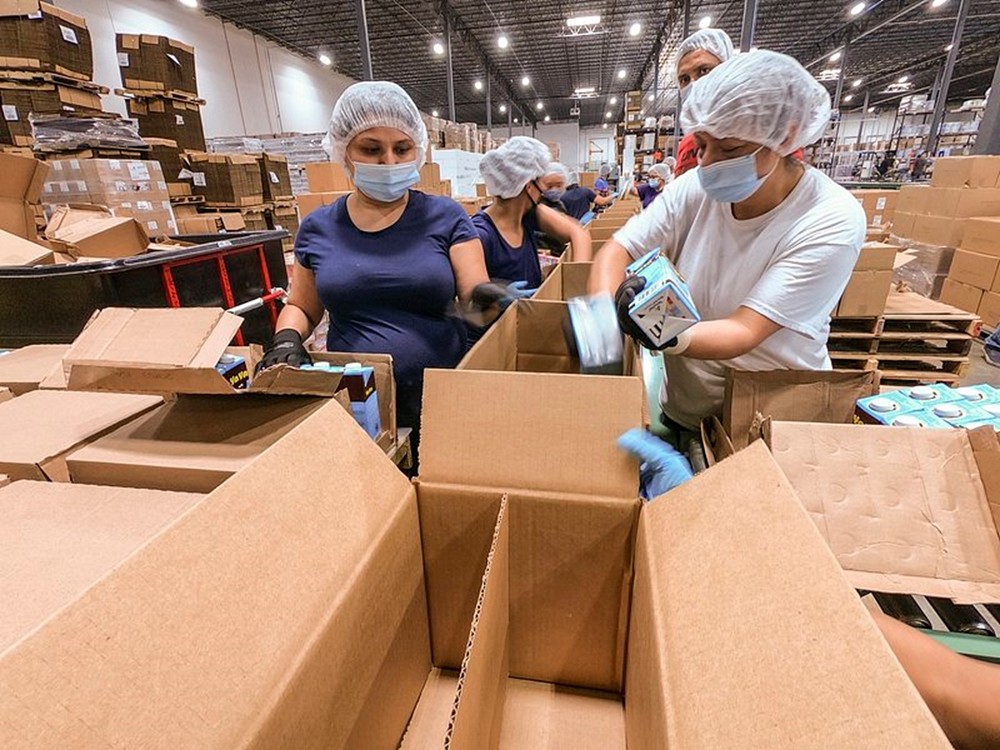The packaging industry is undergoing a transformative period driven by sustainability, technology, and changing consumer expectations. In this blog, we will explore the key trends and innovations shaping the packaging landscape today. From sustainable packaging solutions to smart technologies and efficient supply chain management, the industry is evolving to meet the demands of a rapidly changing world.

- Sustainable Packaging: Sustainable packaging has become a paramount focus within the industry, driven by escalating environmental concerns. Businesses adopt eco-friendly materials like bioplastics, compostable packaging, and recyclable materials. For example, Coca-Cola introduced PlantBottle, a packaging solution crafted partially from plant-based materials. Loop offers reusable packaging alternatives that reduce single-use packaging. These initiatives aim to minimize waste and carbon footprints and embrace a circular economy for a sustainable future.
- Smart Packaging: Technological advancements have transformed the industry, leading to smart packaging solutions. These incorporate features like QR codes, near-field communication (NFC), and augmented reality (AR), offering interactive experiences for consumers. Nestlé and Google's collaboration on smart packaging for KitKat chocolate bars is a prime example. QR codes enable product authentication, real-time tracking, and personalized marketing messages. This revolutionizes consumer interactions with packaging and opens up new possibilities for brands to connect and engage with their audience.
- E-commerce Packaging: The rise of e-commerce has significantly impacted the packaging industry. Optimized packaging solutions are necessary for shipping efficiency, product protection, and branding. Amazon's "Frustration-Free Packaging" initiative aims to reduce excessive packaging while enhancing the unboxing experience. Packaging designs focus on being easy to open, environmentally friendly, and visually appealing. Customized packaging designs, like branded boxes, create excitement and strengthen the consumer-brand connection.
- Anti-Counterfeiting Measures: Counterfeiting poses a significant challenge, leading to economic losses. Packaging plays a crucial role in combating counterfeiting through security features such as tamper-evident seals, holographic labels, and serialization codes. Pharmaceutical companies like Pfizer implement serialization codes to ensure product authenticity and protect consumers.
- Efficient Supply Chain Management: Efficient supply chain management is vital to optimizing packaging processes and minimizing waste. Intelligent technologies like IoT devices and data analytics enable real-time monitoring, inventory management, and data-driven decision-making. Predictive analytics help forecast demand, optimize inventory levels and avoid stock issues. Automation improves packaging speed and accuracy, reducing errors and maximizing efficiency throughout the supply chain.
Conclusion: The packaging industry is witnessing a shift towards sustainable practices and embracing innovations to meet consumer demands. Businesses are adopting sustainable packaging solutions, integrating smart technologies, optimizing e-commerce packaging, implementing anti-counterfeiting measures, and enhancing supply chain management. By staying well-informed about these trends and innovations, companies can thrive in today's market, contribute to a more eco-friendly future, and meet consumers' changing needs.